David Hodge is the 2023 British Chess Solving champion, after winning the Winton British Chess Solving Championship in Nottingham last month. Hodge is now a two-time champion, having first won the event in 2019.
Above left is a position which caught my eye, taken from the Category B event, which is aimed at less experienced solvers. The problems are slightly less formidable than those in the main event, though still replete with beautiful ideas. This is White to play and mate in 4, composed by Chimedtseren (Probleemblad, 1973). If you don’t want to see the answer, skip forward a couple of paragraphs.
One approach is to arrange a mating pattern with Rb3-b1-d1 and Bg2-f1, but that falls short, e.g. 1 Rb1 a4 2 Rd1 Kb5 3 Kb7 h3 4 Bf1+ c4 denies the mate. The correct first move is the surprising 1.Ka7. Then after, 1…h3 White can construct an ambush for the Black king: 2 Ba8! a4 3 Rb7 Kd5 4 Rb4# This ingenious means of preparing a discovered check exemplifies the ‘Indian theme’, which originated in a problem published in 1845, attributed to the Revd Henry Augustus Loveday. But after 1 Ka7 a4, the attack on the rook demands a different follow up. White gives mate with 2 Rb8 h3 3 Bb7 Kb5 4 Bd5#.
The symmetry of these two lines of play – a ‘reciprocal double Indian’, in the jargon of chess problems – creates a striking aesthetic effect. I am almost certain that the like has never occurred in a real game, which is part of its appeal. But I did find the following gem (see above right diagram):
Matthew Sadler – Daniel Alsina Leal
Four Nations Chess League, 2018
Black’s king is in peril, so Matthew Sadler was no doubt hunting for a way to finish off the game. But finding a clean win is not trivial, e.g. 32 g3+ Kh3 lets Black off the hook entirely. 32 Rb1 is tempting, but Rf8+ 33 Kg1 Be8 34 Rg7 Rf6 prepares Be8-g6, and Black’s king wriggles out. Another cunning try is illustrated by the variation 32 Rbg7 Bd1 33 Rg3 Bg4 34 Rh3+ Bxh3 35 g3# But 32…Rc1 33 Rg3 Rh1! is a more stubborn defence. 32 Kg1! Rc2 This move anticipates White’s plan of Kg1-h2 followed by g2-g3 mate. But Sadler has a second idea up his sleeve. 33 Rb1 Bd7 34 Kh2 Bg4 35 Rh1 The ruse is revealed – Sadler has lined up 36 Kh2-g1+, and the Bg4 turns out to be a fig leaf: 36..Kg3 37 Rh3 will be mate. Alsina Leal’s next move is the only way to keep the game going. Bh3 36 Kg1 Rc1+ 37 Kf2 Rc2+ 38 Ke1 Rc1+ 39 Kd2 Rxh1 40 g3 mate A finish as beautiful as it is unexpected. The motif (Rb1-h1, Kh2-g1+) resembles that in the composed problem, though it is not identical. In problem jargon, the square of the piece which masks the discovered check (here, h2) is known as the critical square. Unlike the composition above, White’s Rh1 did not cross over the h2-square to get to h1, so its path (Rb7-b1-h1) would be described as ‘pericritical’. That concept has also been fertile ground for other chess compositions – a pioneering example is shown in this week’s puzzle.
Got something to add? Join the discussion and comment below.
Get 10 issues for just $10
Subscribe to The Spectator Australia today for the next 10 magazine issues, plus full online access, for just $10.
You might disagree with half of it, but you’ll enjoy reading all of it. Try your first month for free, then just $2 a week for the remainder of your first year.

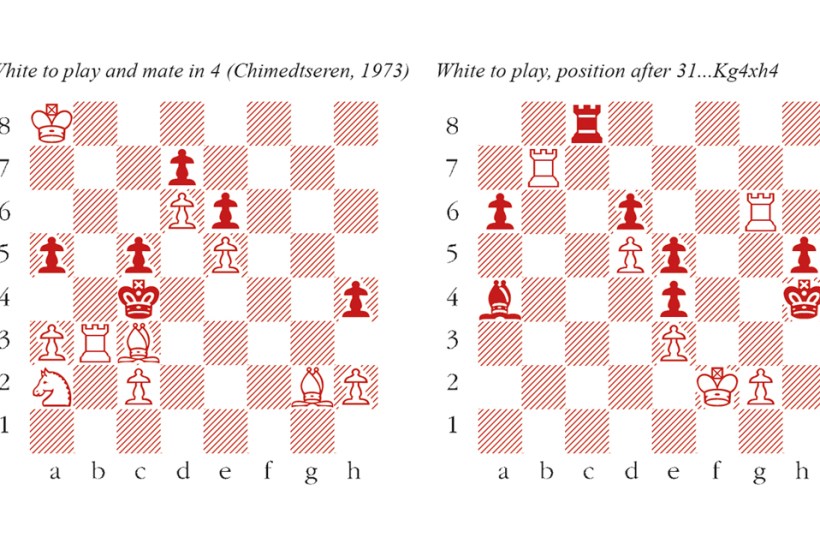
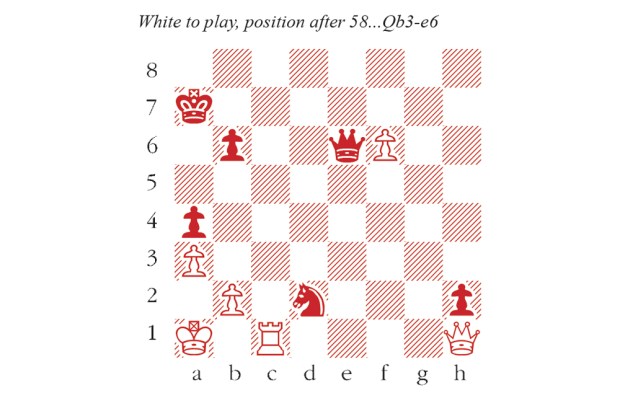
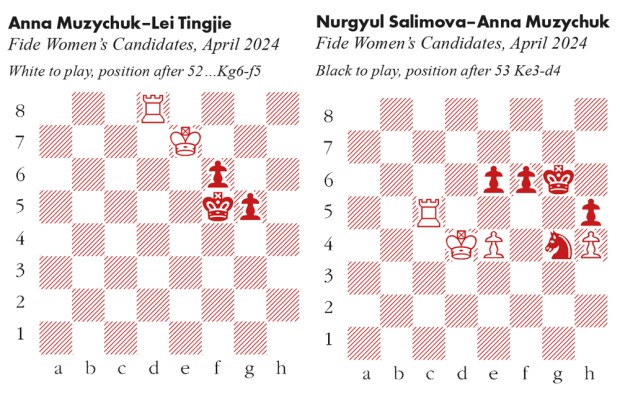
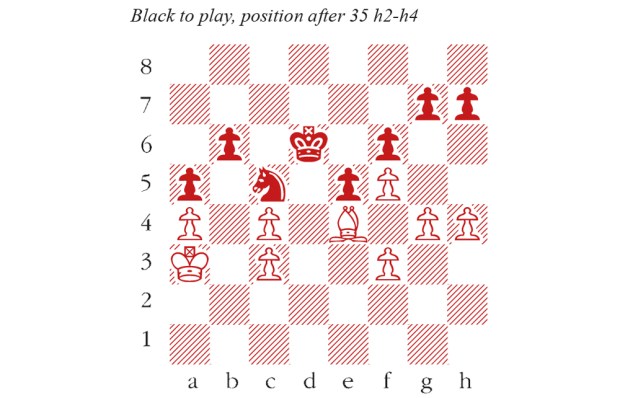
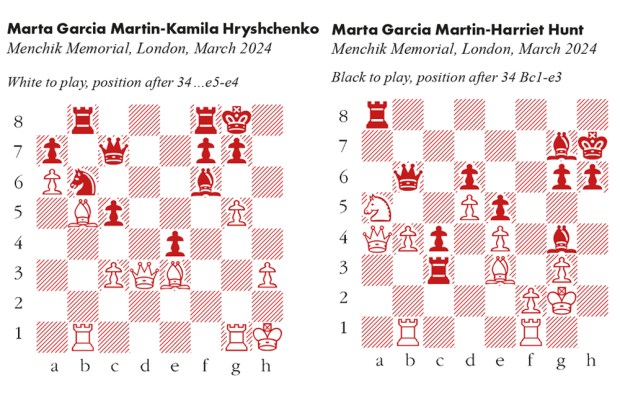








Comments
Don't miss out
Join the conversation with other Spectator Australia readers. Subscribe to leave a comment.
SUBSCRIBEAlready a subscriber? Log in